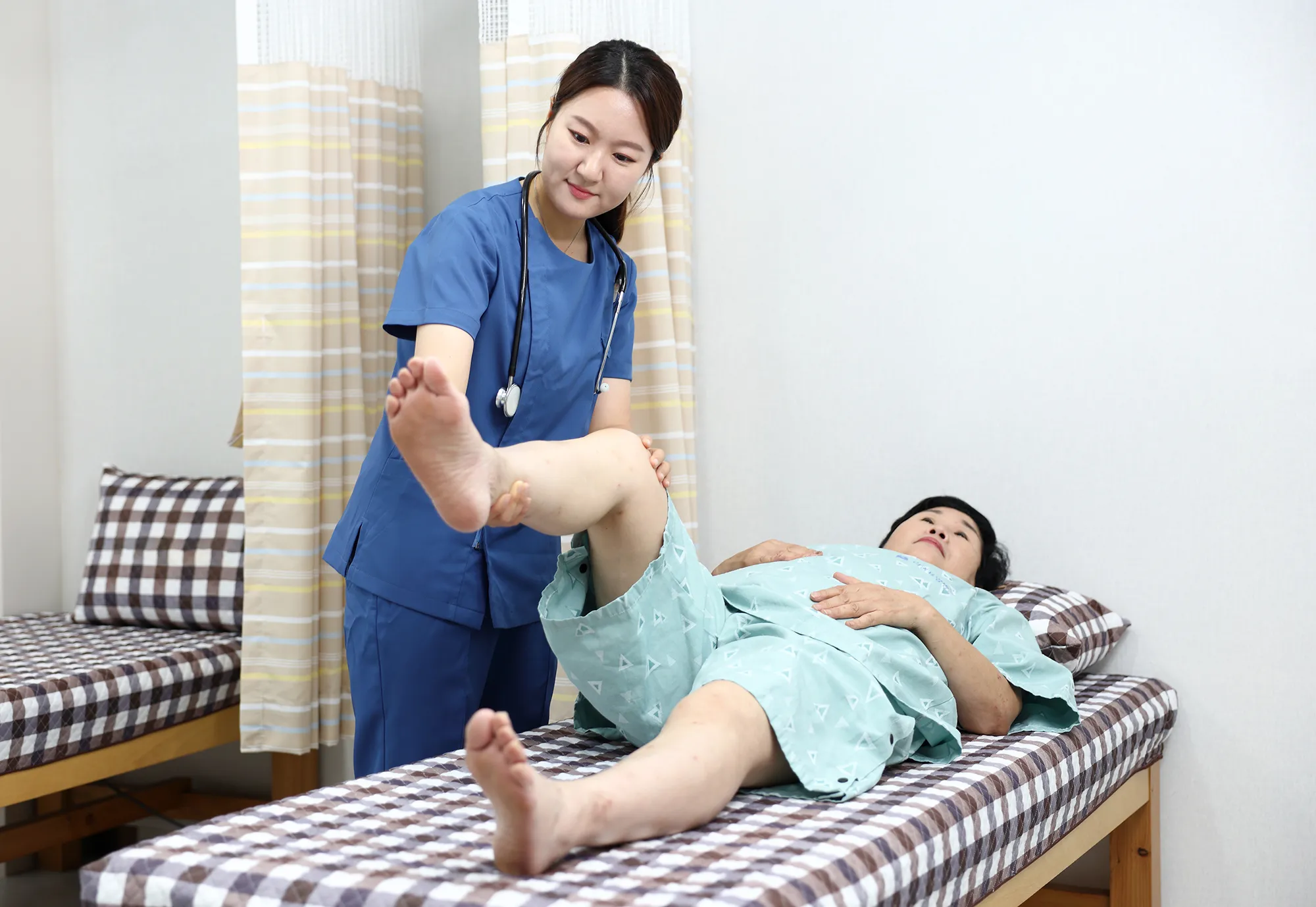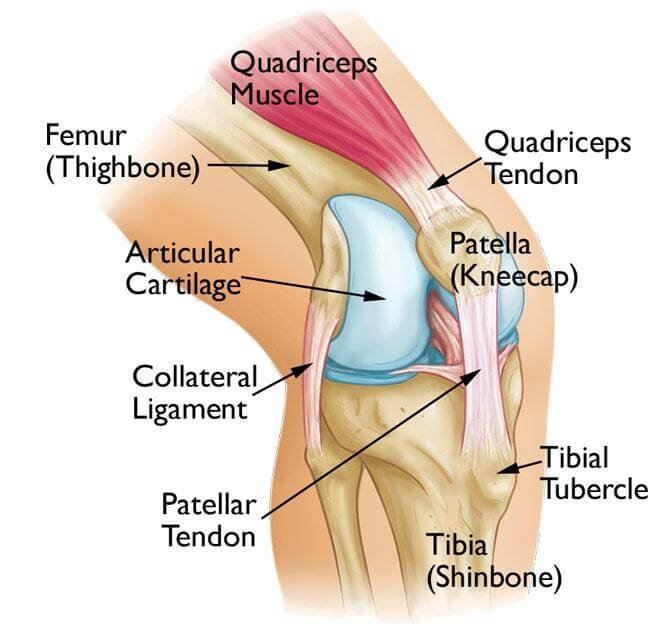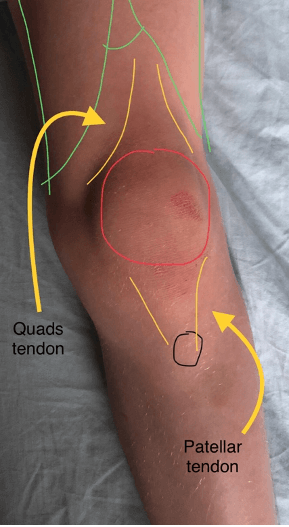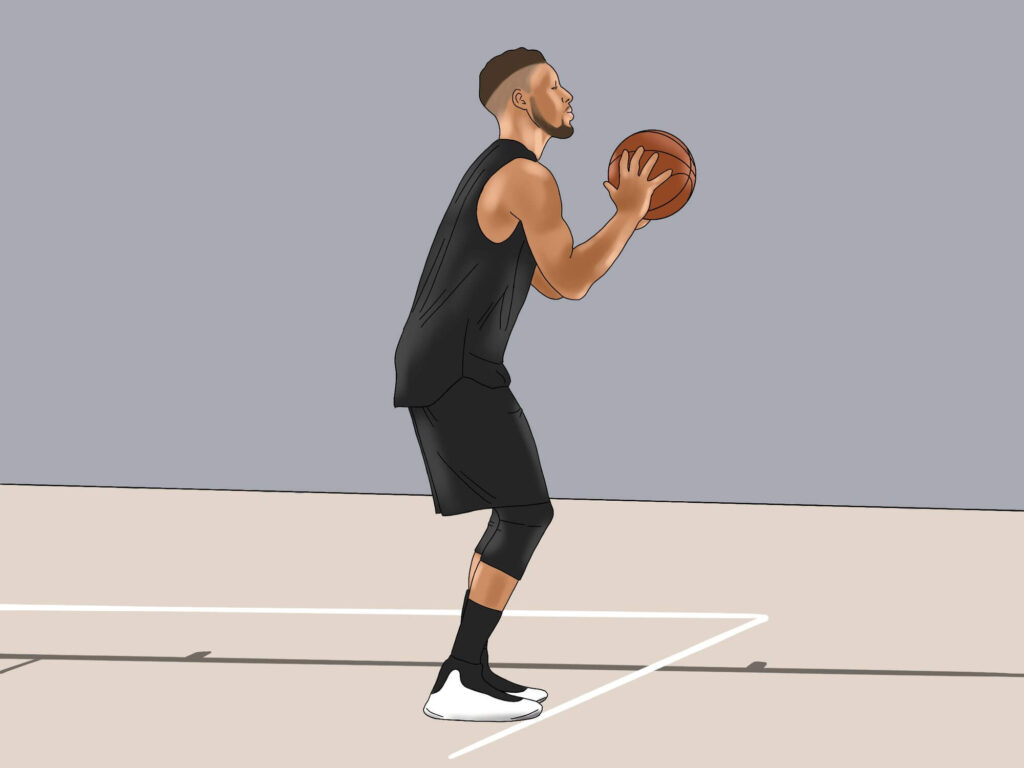Osgood-Schlatter Disease is a condition that often evokes images of active adolescents and growing pains. However, it’s a misconception that this disorder is limited to the youth. In recent years, an increasing number of adults have found themselves grappling with the persistent pain and discomfort associated with Osgood-Schlatter Disease, a condition previously thought to largely subside as individuals reach adulthood. This shift has prompted the need for a comprehensive guide that not only illuminates the complexities of Osgood-Schlatter Disease but also offers vital insights into its management and potential impact on the lives of adults.

While this condition was first described in 1903 by American orthopedic surgeon Robert Osgood and Swiss surgeon Carl Schlatter, its true nature and prevalence in adults have been relatively understudied until recent years. Traditionally, it has been recognized as an overuse injury that typically afflicts adolescents during their growth spurts, affecting the knee’s patellar tendon attachment point on the tibia, leading to inflammation, pain, and a noticeable bump just below the kneecap. However, as our understanding of musculoskeletal health evolves and the demographic landscape changes, it has become evident that Osgood-Schlatter Disease can persist or even develop for the first time in adults, often leaving them perplexed and searching for answers.
This comprehensive guide aims to shed light on Osgood-Schlatter Disease in adults, offering a detailed exploration of the condition’s causes, symptoms, diagnosis, and its impact on daily life and activities. We will delve into the various factors that contribute to the development of this condition in adulthood, including the role of past athletic endeavors, genetic predispositions, and even the effects of aging. Understanding the intricacies of this condition is paramount, as it empowers individuals and healthcare professionals to make informed decisions and provide effective treatment and management strategies.
Moreover, we will explore the latest advancements in medical and therapeutic approaches, addressing the various treatment options available to adults living with Osgood-Schlatter Disease. From physical therapy and pain management to surgical interventions, this guide will offer a comprehensive overview of the avenues available to alleviate symptoms and improve quality of life.
Lastly, we will delve into the personal stories of adults who have confronted Osgood-Schlatter Disease, sharing their experiences, challenges, and triumphs. These real-life accounts will help paint a vivid picture of the emotional and physical hurdles that individuals may face, offering inspiration and valuable insights to those navigating similar journeys.
In a world where physical activity, health, and wellness are cherished aspects of our lives, it is crucial to acknowledge the presence of Osgood-Schlatter Disease in adults and provide a holistic guide to empower those affected by this condition. This article is dedicated to unraveling the mysteries of Osgood-Schlatter Disease, addressing its resurgence in adulthood, and equipping individuals with the knowledge and resources to lead fulfilling lives despite its challenges.
Understanding the Causes and Symptoms

Osgood-Schlatter Disease in adults can be perplexing, as it often appears out of the blue, causing persistent knee pain, discomfort, and swelling. To comprehend this condition fully, it’s essential to delve into its underlying causes and symptoms. While the exact reasons why it can manifest in adulthood are not yet fully elucidated, several contributing factors have been identified.
One key factor is the residual effects of Osgood-Schlatter Disease from adolescence. In some cases, individuals who had the condition during their youth may continue to experience symptoms or notice a recurrence in adulthood. The lingering effects of the condition can result in knee pain, especially during physical activities or movements that strain the patellar tendon.
Moreover, genetic predispositions may play a role in the development of Osgood-Schlatter Disease in adults. If you have a family history of musculoskeletal issues, you might be more susceptible to this condition. Additionally, the wear and tear on the knees due to past athletic endeavors or physically demanding jobs can make adults more vulnerable to developing Osgood-Schlatter Disease.
The symptoms of Osgood-Schlatter Disease in adults often mirror those experienced during adolescence. These may include persistent pain just below the kneecap, especially during activities that involve running, jumping, or kneeling. The appearance of a visible bump, known as a tibial tubercle, can also be a hallmark sign of this condition.
Diagnosis and Seeking Medical Care

If you suspect you have Osgood-Schlatter Disease or have been experiencing persistent knee pain, it’s crucial to seek medical care and obtain an accurate diagnosis. Diagnosis typically involves a thorough physical examination by a healthcare professional. X-rays may also be recommended to visualize the affected area and rule out other potential conditions.
Once a diagnosis is confirmed, the next steps involve discussing your treatment options.
Managing Osgood-Schlatter Disease in Adults
The management of Osgood-Schlatter Disease in adults is aimed at reducing pain, improving mobility, and enhancing overall quality of life. Treatment options may include:
- Rest and Activity Modification: Reducing or modifying activities that exacerbate symptoms is often the first step. Rest and avoiding activities that put excessive strain on the knee can provide relief.
- Physical Therapy: A physical therapist can design a tailored exercise program to strengthen the surrounding muscles, improve flexibility, and reduce pain.
- Pain Management: Over-the-counter pain relievers and anti-inflammatory medications can be helpful in alleviating discomfort. However, these should be used under the guidance of a healthcare professional.
- Bracing: In some cases, wearing a knee brace or strap may help stabilize the patellar tendon, reducing pain during activities.
- Corticosteroid Injections: These may be recommended in severe cases to reduce inflammation and pain.
- Surgical Intervention: In rare instances, when conservative treatments fail, surgery may be considered to address the condition.
Living with Osgood-Schlatter Disease in Adulthood
Living with Osgood-Schlatter Disease in adulthood can present unique challenges, but it’s essential to remember that you’re not alone. Connecting with support groups and healthcare professionals who understand the condition can be immensely beneficial. Moreover, learning to manage and adapt to your lifestyle can help you continue pursuing your passions and maintaining an active life.
Living with Osgood-Schlatter Disease as an adult can be challenging, but with the right information and support, it’s possible to lead a fulfilling life. Here’s what we’ve learned:
First, this condition can affect adults too, not just kids. The causes are not entirely clear, but factors like past athletic activities and genetics may play a role.
If you’re experiencing persistent knee pain, seeking medical care and getting a proper diagnosis is crucial. This typically involves a physical exam and sometimes an X-ray.
Treatment options include rest, physical therapy, pain management, knee braces, and, in rare cases, surgery. It’s essential to work with healthcare professionals to find the best approach for your situation.
Living with Osgood-Schlatter Disease might mean making some lifestyle adjustments, but it doesn’t have to mean giving up on your passions. Support groups and healthcare experts who understand the condition can be a great help.
In summary, Osgood-Schlatter Disease in adults is a complex issue, but with knowledge and the right strategies, you can effectively manage it and continue living an active and enjoyable life. This guide is here to shed light on the challenges and successes that come with facing this condition in adulthood, providing you with the guidance and encouragement you need.




